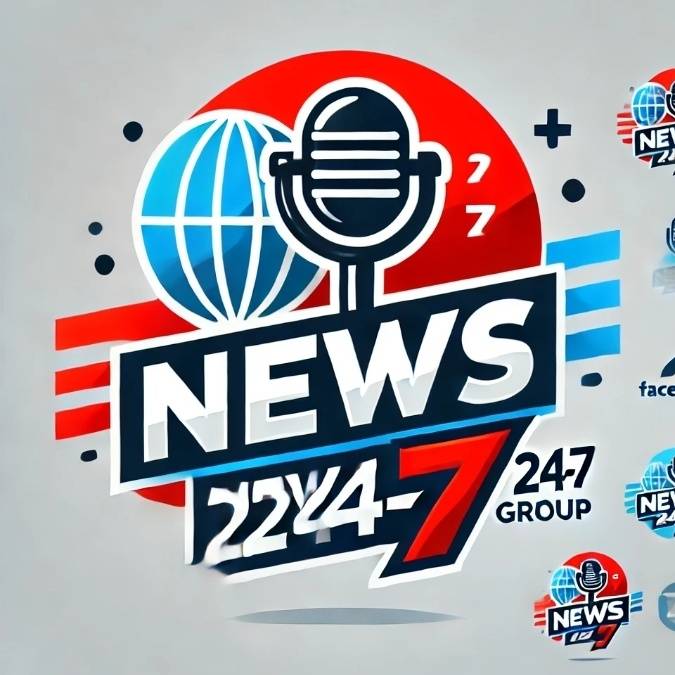Ghana Invests GH₵490 Million in Education - A Game Changer for Schools and Students
Introduction
Education is the backbone of any nation's progress. In a bold and transformative move, the Ghanaian government has allocated GH₵490 million to the Ministry of Education to support various educational initiatives. This investment marks a significant step toward improving the quality of education, addressing infrastructure deficits, and ensuring equitable access to learning opportunities across the country.
In this blog post, we delve into how this substantial financial boost will impact students, teachers, and educational institutions, and why this investment is a game changer for Ghana’s education system.
Why the GH₵490 Million Allocation is Crucial for Ghana’s Education Sector
For years, Ghana has grappled with challenges in the education sector, including overcrowded classrooms, inadequate infrastructure, limited teaching resources, and disparities in educational access between urban and rural areas. With this new funding, the government aims to tackle these persistent problems and drive long-term educational reforms.
This funding aligns with Ghana's Education Strategic Plan (ESP) 2018–2030, which aims to improve literacy rates, enhance teaching quality, and promote inclusive education for all children, regardless of their socioeconomic background.
Key Areas the GH₵490 Million Will Benefit
The allocation will be directed toward several key areas, including:
1. Infrastructure Development and School Expansion
Many schools across Ghana struggle with dilapidated buildings, inadequate classrooms, and lack of basic amenities like libraries and science laboratories. A significant portion of the GH₵490 million is expected to go into constructing new school buildings, renovating old ones, and equipping schools with modern facilities.
Impact:
Reduction in classroom congestion, allowing for better student-teacher engagement.
Improved learning environments, leading to higher student performance and retention rates.
Increased access to education in rural and underserved areas.
2. Teacher Training and Professional Development
Teachers are at the heart of any education system. However, many Ghanaian educators lack access to continuous professional development programs. The new funding will enable the government to provide training workshops, certification programs, and upskilling opportunities for teachers nationwide.
Impact:
Improved teaching methods, ensuring higher-quality education delivery.
Increased motivation and retention of skilled teachers.
Better integration of digital learning tools and modern pedagogical techniques.
3. Free SHS and Basic Education Support
Ghana's Free Senior High School (SHS) policy has already provided thousands of students with access to secondary education. However, funding challenges have threatened the program's sustainability. A part of the GH₵490 million will go toward reinforcing this policy and ensuring that more students benefit.
Impact:
More students completing secondary education without financial barriers.
Strengthening of textbook supplies, feeding programs, and school uniforms distribution.
Increased enrollment rates, especially among girls and students from low-income families.
4. Investment in STEM and Digital Learning
With the global shift toward technology, Ghana is prioritizing Science, Technology, Engineering, and Mathematics (STEM) education. This new funding will be used to equip schools with computer labs, smart classrooms, and digital learning platforms.
Impact:
Greater student engagement with modern learning technologies.
Preparation of students for 21st-century jobs in ICT, engineering, and artificial intelligence.
Increased interest in STEM fields, fostering innovation and entrepreneurship among young Ghanaians.
5. Scholarships and Financial Aid for Students
Many talented students drop out due to financial constraints. To address this, the government will expand scholarship opportunities and financial aid programs, ensuring that all deserving students can continue their education without financial hardship.
Impact:
Increased university enrollment and graduation rates.
Reduction in dropout rates due to financial difficulties.
Creation of a more educated workforce, driving economic growth.
How This Investment Aligns with Ghana’s Vision for Education
Ghana's goal is to create an inclusive, high-quality, and sustainable education system. The GH₵490 million funding aligns with the government’s commitment to:
Achieving SDG Goal 4: Ensuring inclusive and equitable quality education for all.
Boosting literacy rates: By investing in teacher training, digital education, and infrastructure.
Strengthening Technical and Vocational Education and Training (TVET): To equip students with job-ready skills.
The government is also working closely with international organizations, private sector partners, and NGOs to ensure transparency in fund utilization and the successful implementation of educational reforms.
Challenges to Watch and Possible Solutions
While this investment is a game changer, there are potential challenges that need to be addressed:
1. Efficient Utilization of Funds
Challenge: Ensuring that the allocated funds are used effectively without corruption or mismanagement.
Solution: Implementing strict monitoring systems and transparency measures to track fund utilization.
2. Teacher Shortages in Rural Areas
Challenge: Many trained teachers prefer to work in urban areas, leaving rural schools understaffed.
Solution: Offering incentives such as housing, bonuses, and career growth opportunities for teachers in remote regions.
3. Sustainability of Free SHS Policy
Challenge: Rising enrollment rates may strain resources.
Solution: Diversifying funding sources through public-private partnerships (PPPs) and international education grants.
Conclusion: A Brighter Future for Ghanaian Education
The GH₵490 million investment in Ghana’s education sector is a major step toward transforming the country’s learning environment. With improvements in infrastructure, teacher training, STEM education, and student financial aid, Ghana is well on its way to achieving higher literacy rates, better job opportunities, and economic growth.
As stakeholders—including parents, teachers, and students—come together to support this initiative, the future of Ghana’s education system looks brighter than ever. Now is the time to ensure that these funds are effectively utilized to create a lasting impact.
What are your thoughts on this education investment? Share your opinions in the comments below!


